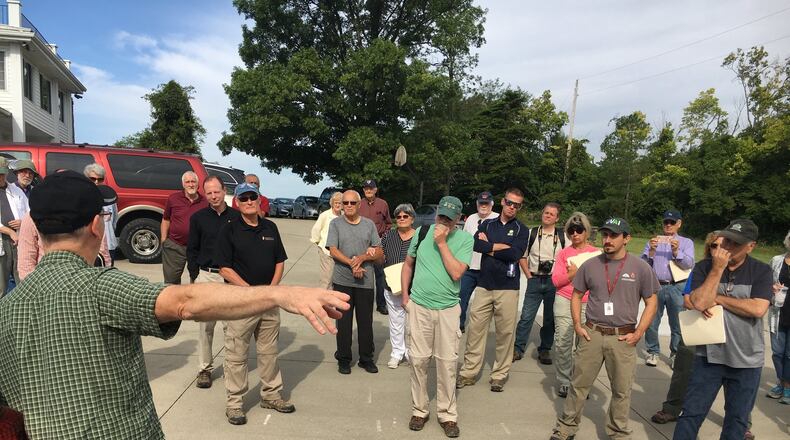With Fort Ancient and other Hopewell sites of the same period being considered as UNESCO World Heritage sites, advocates of for Fortified Hill works say it is not only a cultural treasure but also something that can attract tourists to the area.
Donations are being accepted at donate.archaeologicalconservancy.org/pages/fort-fortified-hill-pledge.
The Archaeological Conservancy, a national non-profit organization that has preserved 400 sites across the country, has pledged $100,000 to help buy the property at auction. The property may be auctioned for up to several hundred thousand dollars.
“It’s a site that what we are asking for is pledges,” said Dr. Jeff Leipzig, a local allergist who was a longtime friend of Dr. Barich and is is leading the effort to preserve the site.
“The reason we’re asking for pledges and not donations is that the pledges are there if we win the auction,” Leipzig said. “Then we would ask people to give us the money.”
Otherwise, if people had donated the usual way through the site, the money would be used for other purposes, such as buying Native American sites elsewhere in the country, he said.
“We’re starting to get a lot of social-media buzz, so people are passing it around, sharing it, telling people about it,” Leipzig said. “Not just people here in town, but people that lived in Hamilton.”
Paul Gardner, Midwest regional director of The Architectural Conservancy, said when numerous history and other experts visited the site in late August that if proponents had a year to raise the funds, “this would be a slam dunk.”
About the Author
